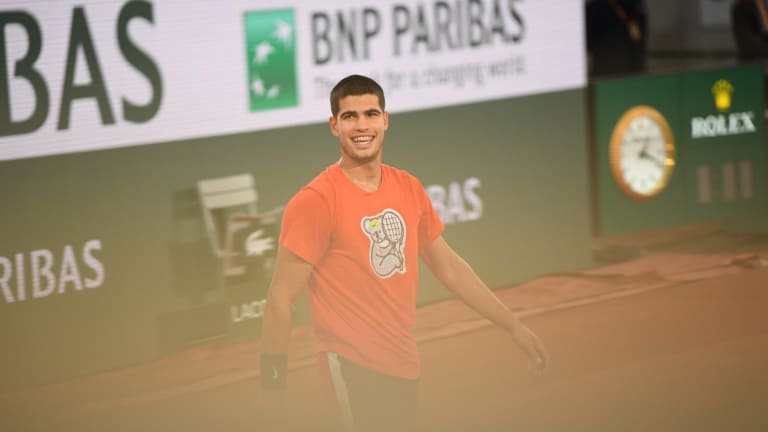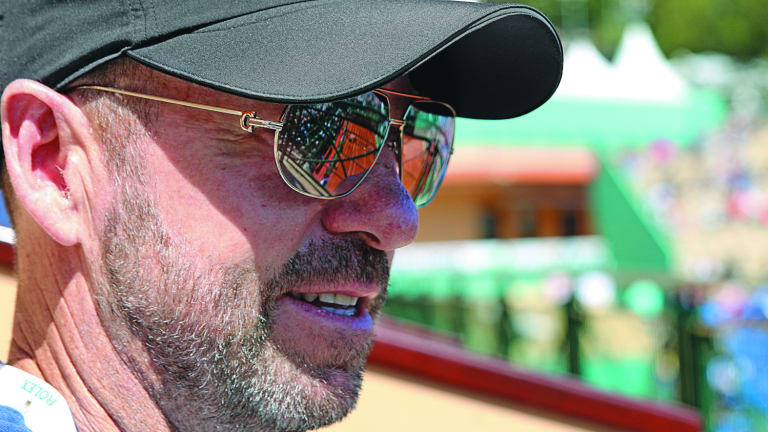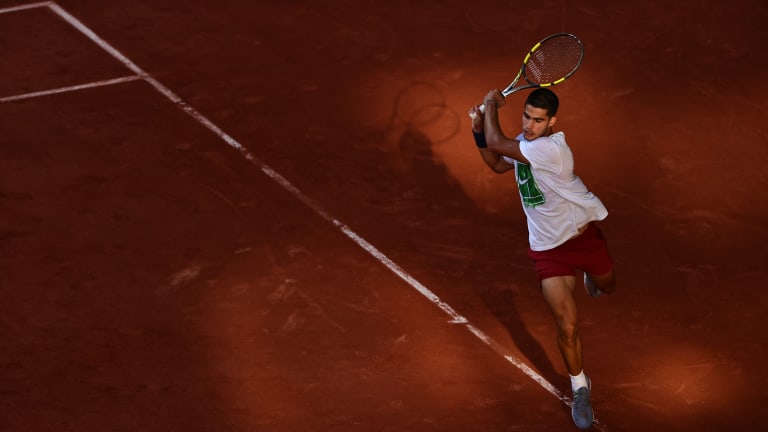“He could be a tennis player created by AI”: How can anyone beat Carlos Alcaraz?
By May 20, 2022Was the Carlos Alcaraz-Jannik Sinner Roland Garros match the best ever played?
By Jun 13, 2025Who were the winners and losers at 2025 Roland Garros?
By Jun 09, 2025Carlos Alcaraz and Jannik Sinner played the match of the decade, and maybe the century, at Roland Garros
By Jun 09, 2025PHOTOS: Carlos Alcaraz captivates Chatrier with trademark joy after improbable Roland Garros title defense
By Jun 09, 2025Carlos Alcaraz saves three match points, tops Jannik Sinner in longest Roland Garros final of Open Era
By Jun 08, 2025Aryna Sabalenka clarifies controversial Coco Gauff claim: "Can't pretend it was a great day"
By Jun 08, 2025Coco Gauff counters Aryna Sabalenka's Roland Garros claim by saying she 'wanted' Iga Swiatek in final
By Jun 08, 20252025 Roland Garros men's final preview: Carlos Alcaraz vs. Jannik Sinner
By Jun 07, 2025PHOTOS: Coco Gauff celebrates Roland Garros title with parents, toasts champagne at Tennis Channel set
By Jun 07, 2025“He could be a tennis player created by AI”: How can anyone beat Carlos Alcaraz?
It’s tempting to conclude that the 19-year-old has brought the evolution of tennis technique and style to an end point—and he appears to be shaping how the game will be played by most everyone, soon.
Published May 20, 2022
Advertising
Advertising

Alexander Zverev had no answers, but plenty of celebratory champagne, for Carlos Alcaraz in Madrid.
© AFP via Getty Images
Advertising

In just a few months, the affable Alcaraz has changed the conversation of the men's game.
© Clement Mahoudeau / FFT
Advertising

Craig O’Shannessy has worked with Novak Djokovic—a legend that the Alcaraz has already been compared to—and has studied the 19-year-old in victory and defeat.
Advertising

Alcaraz will be fed an unlucky qualifier in the first round; he could face Nadal or Djokovic in the semis.
© Loic Wacziak / FFT
Advertising

Get to Know, Now: Henry Searle
The 2023 Wimbledon boys' champ trusts self-improvement mindset will see things fall into place.